The blade is in good condition, and of original form called "nagamaki naoshi". It has been polished many times, which explains its relative thinness and the small openings of steel grain.
BLADE: It is a Naga Maki type blade (= long scythe), in Shinogi Zukuri. We note a small relaxation of the grain of the steel on the Omote face, in the Ji, which corresponds to the appearance of the central part of the blade, after multiple polishings.
The temper line is in narrow Sugu ha, it is made of Nie. It is everywhere present without any lack.. the temper line at the tip is a Ko maru boshi with an irregular appearance on the omote face.
The hada is a slightly wavy Masame. These elements suggest work in the Yamato Tegai school tradition.
NB: Japanese blades are always very difficult to photograph and the photos do not do justice to this blade, which is better in reality than the images suggest.
The certain attribution of a blade to a school or even to a specific blacksmith being an ultra specialized discipline in Japan, I will be careful not to give more than an indication.
Nakago unsigned, yasuri mei in kiri yasuri, 2 mekugi ana Nagasa = 34.2 cm, moto haba = 28.8 mm, moto kasane 5.7 mm The habaki is in red copper.
TSUBA mokko gata shape, it is in shakudo, with soft metal inlays with flower motifs.
FUCHI iron, with beautiful inlay of Tombo, (dragonfly) in silver seen in close-up. Kashira in black horn.
Original braiding, green on red Samé (ray skin), which is very uncommon.
This original braiding has suffered a little from the ravages of time, but it is still in an acceptable state of preservation, so I kept it. Menuki in shakudo and gold with warrior motif.
SCABBARD: it is complete, original red lacquer, with motifs of flowers and pine needles in gold lacquer. The Koi-guchi (scabbard entrance) and the Kurigata (fastening of the Sageo cord) are probably later restorations.
KOZUKA: in copper and sentoku, with decoration of a character holding a fan, probably a Japanese interpretation of the Chinese sage Lao-Tzu The blade of the kozuka is signed, but as is often the case, it is an apocryphal signature.
The whole itemis pleasant, of indisputable origin and in a pleasant original condition.
Ref CY-00XX
Shipping costs France €20, Europe €30




























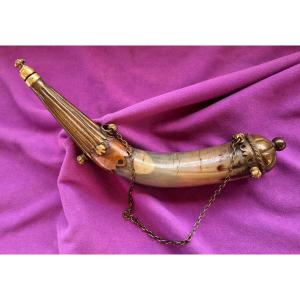
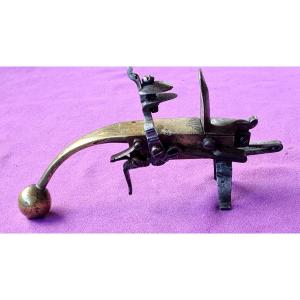
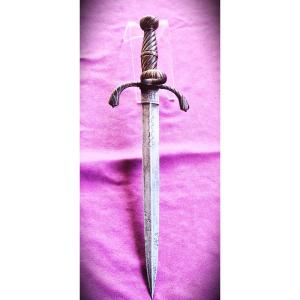
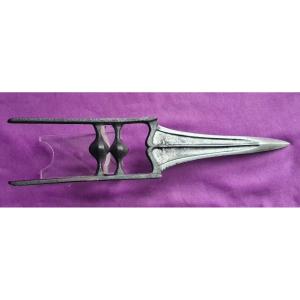


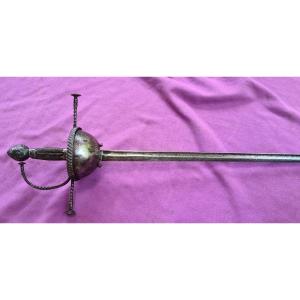
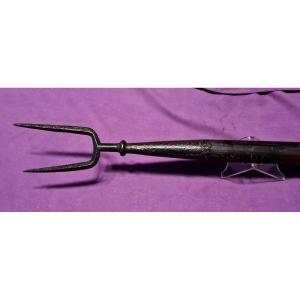


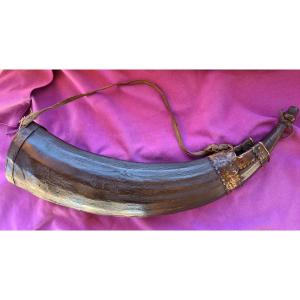
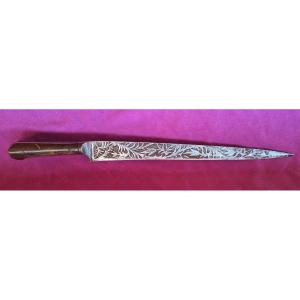
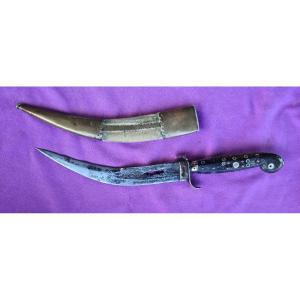





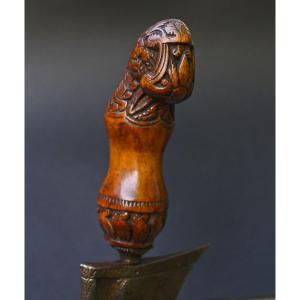



 Le Magazine de PROANTIC
Le Magazine de PROANTIC TRÉSORS Magazine
TRÉSORS Magazine Rivista Artiquariato
Rivista Artiquariato